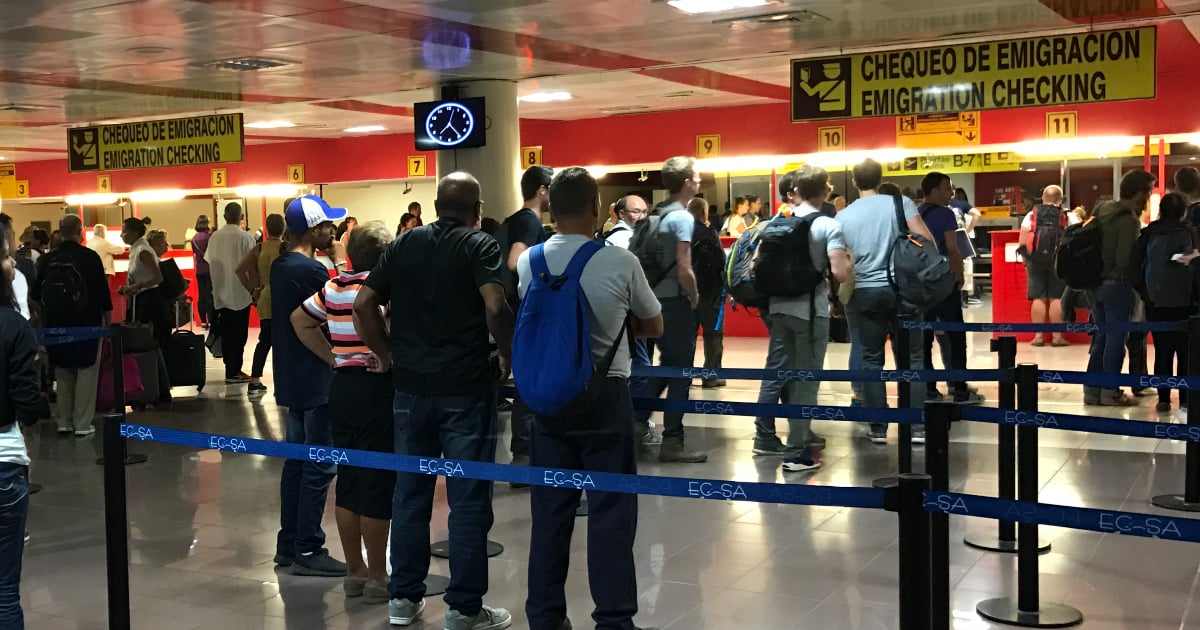
In the context of the serious Cuban migration crisis, more than 850,000 migrants from the island have arrived in the United States since 2022, according to figures from the Customs and Border Protection (CBP).
From October 1, 2021, to the close of the fiscal year 2023, approximately 533,000 Cubans had arrived in the United States, a figure equivalent to 4.8% of the 11.1 million inhabitants of the Caribbean nation.
For its part, from October 1, 2023, to August of this year, more than 208,000 asylum seekers arrived in the country through its borders.
The figures must include the 110,000 Cubans who were examined and authorized to travel through humanitarian parole in 2023 up to last July.
They also do not include entries with other types of visas for which there are no official figures available, according to AFP, using official data as a source.
The truth is that the Cuban population plummeted by 18 percent between 2022 and 2023, and 2024 is on track to become the second fiscal year with the highest influx of Cubans at the southern border of the United States.
CBP data confirmed in August the trend that had been detected since April (mid-FY 2024), when the data showed a higher influx than that recorded during the months of January, February, and March 2023.
On the verge of concluding, the current fiscal year marks December as the month in which the most meetings of Cubans took place at border points in the United States, with 25,048 registered.
It is noteworthy the number of Cubans who have been intercepted by authorities in the sea or the U.S. coasts as the current fiscal year comes to an end: 65,911. This figure is obtained by subtracting the total number of encounters (208,308) from those occurring at the northern border (362) and those at the southern border (142,035).
In mid-April, on the eve of the 38th Round of Cuba-United States Migration Talks to be held in Washington, the regime in Havana acknowledged that the current migration crisis is "the largest in the history of Cuba," but blamed the United States for its pressure policies and for encouraging Cuban immigration with "extraordinary and artificial incentives."
For their part, U.S. authorities repeatedly remind that the borders are not open to individuals who do not have a legal basis to enter the country, and that those who attempt to do so irregularly will be subject to expulsion according to the provisions set out in Title 8.
What do you think?
VIEW COMMENTS (10)Filed under: